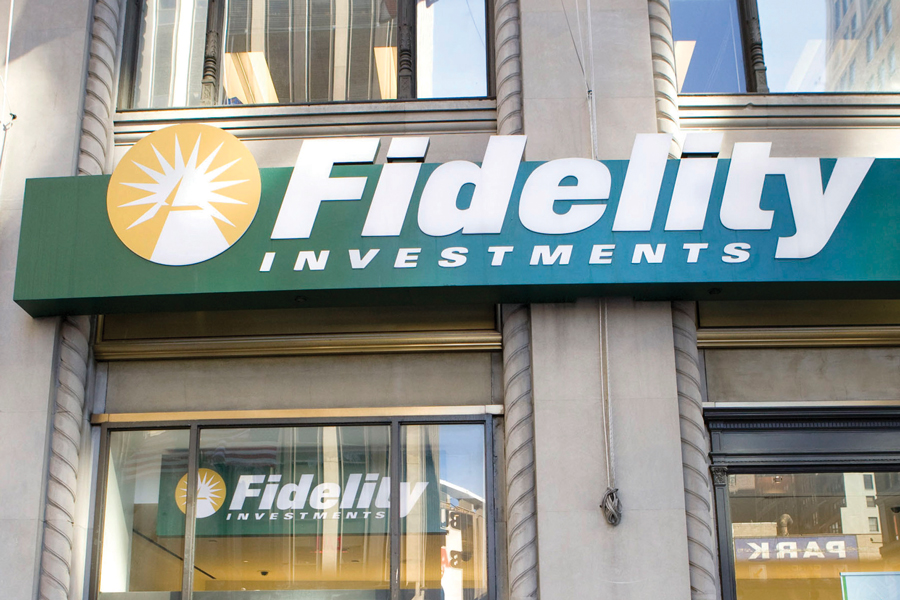

Spying an opportunity to expand its presence in the growing financial adviser trend of outsourcing investment management, Fidelity Investments has introduced four new model bond portfolios.
The latest rollout, which focuses on risk-adjusted total return, brings Fidelity’s model portfolio lineup to 21 across equities, fixed income and multi-asset strategies. The new models include short multi-sector bond, core bond, core plus bond, and dynamic bond.
Fidelity entered the model portfolio space in June 2018 and currently offers its portfolios on five external platforms, in addition to 1,500 financial advisers subscribing to its quarterly portfolio updates.
“There is absolutely a trend toward outsourcing investment management,” said Matt Goulet, senior vice president, Fidelity Institutional Asset Management.
Research from Fidelity and Cerulli Associates identifies a small percentage of advisers who “operate as engineers and build their own portfolios.”
On the other end, there are about 10% to 15% of advisers who are outsourcing all investment management services.
The largest segment, according to Mr. Goulet, is the middle group that is outsourcing some investment management and adding value by customizing model portfolios.
“They’re not fully outsourcing because they’re maintaining control,” he said. “We’re realizing more advisers want to operate as CEO and not necessarily as a CIO.”
Even advisers who typically build their own allocations on the equity side will often outsource or rely on models for the fixed-income side, Mr. Goulet said.
“Advisers might feel confident picking funds and individual securities on the equity side, but can be less confident when it comes to things like measuring duration and evaluating credit quality for bonds,” he said.
In addition to tapping into the institutional expertise of an $8.2 trillion asset management company, the models often appeal to advisers for being non-discretionary. That means, while each model is updated quarterly with four to 12 underlying mutual funds and ETFs, the adviser has the discretion to customize or supplement any of the underlying funds in the model.
And while the underlying funds in the models are mostly made up of Fidelity products, that’s not always the case, Mr. Goulet said.
The models, which are updated quarterly by Fidelity, offer advisers increasing levels of duration and high-yield bond exposures.
“Think of model portfolios as a recipe; they can serve as a starting point for advisers but allow for a level of customization based on their clients’ needs,” Mr. Goulet said.

Relationships are key to our business but advisors are often slow to engage in specific activities designed to foster them.

Whichever path you go down, act now while you're still in control.

Pro-bitcoin professionals, however, say the cryptocurrency has ushered in change.

“LPL has evolved significantly over the last decade and still wants to scale up,” says one industry executive.

Survey findings from the Nationwide Retirement Institute offers pearls of planning wisdom from 60- to 65-year-olds, as well as insights into concerns.
Streamline your outreach with Aidentified's AI-driven solutions
This season’s market volatility: Positioning for rate relief, income growth and the AI rebound
